Through the past few years of giving skincare advice, a common theme has always rang true. A total misunderstanding of what a skincare routine actually looks like. Serums, oils, moisturizers…oh my! Where do we begin and what are we supposed to use to actually help our skin?? This 101 class is a part of a larger series to give education and a walkthrough of skincare that anyone can find useful! We are starting with the most basic skincare steps in this first installment. Even if you feel like your essentials routine is solid, give this guide a once over to ensure a solid foundation as we move through these courses.
Get your pen and paper ready for notes!
Why a Skincare Routine is Necessary
Our skin, as with every organ in the body, functions naturally in order to keep the cells living and working. However, without proper nutrition it cannot function its best (or sometimes at all!). Not only are we ensuring our skin works properly, but we also need products to defend against the sun‘s harmful UV rays and other environmental stressors!
So, you immediately notice the effects of not having a skincare routine, right? This is false, and a common reason people believe they can skip the essentials! *AKA the false belief of, “I’ve never done anything for my skin and it looks fine, so I don’t need to do anything to it”.* Well, I can assure you it wont be fine forever.
Skin damage is cumulative, meaning it adds up over time. When we get any damage to the skin (scarring, dark spots, loss of collagen) they are not always visible on the top layer of the skin immediately. These problems will show themselves throughout time and build up to the aging process you experience. For some people, this can show itself fast and hard due to years of improper skin health.
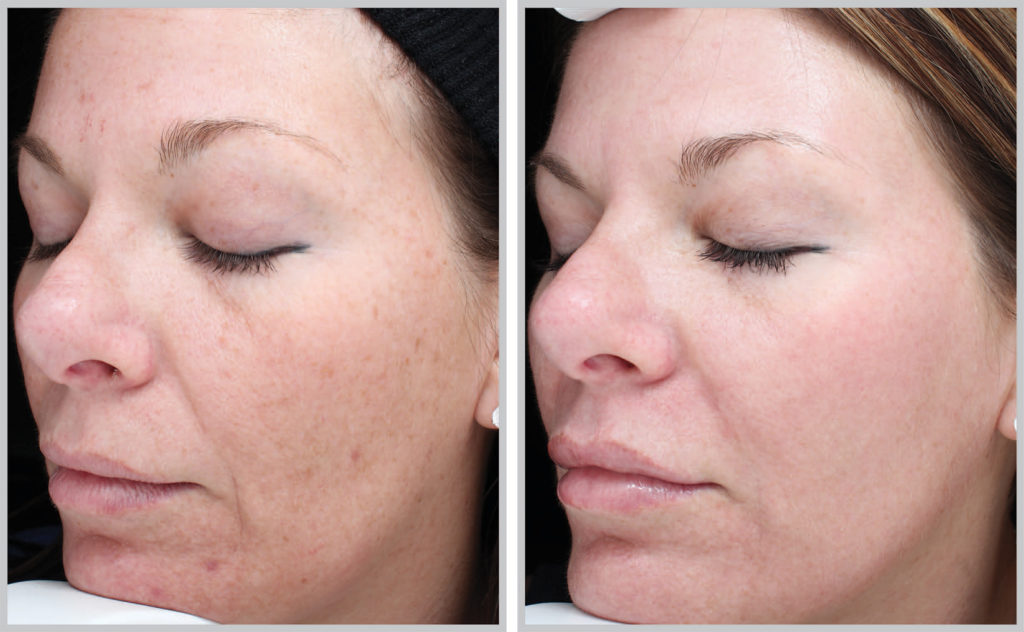
Your Essentials are, well, Essential
Any skincare routine can only function properly with the right essentials. No matter what a brand tells you, the products you need are:
- Cleanser
- SPF (optional PM moisturizer)
- Exfoliant
The exact products definitely differ from person to person. But, overall the skin needs to be cleansed and rid of excess oils and dirt, it needs to be moisturized in order to prevent transepidermal water loss, it has to have protection from the sun’s harmful rays, and it needs to be exfoliated occasionally to aid in cell turnover.
Let’s take a few steps back here and define some terms!
Transepidermal Water Loss: loss of water that passes from inside the body through the epidermis to the surrounding atmosphere via diffusion and evaporation processes (Source).
-We don’t want to over strip it with harsh products, and using a moisturizer helps to prevent this process of TEWL.
Cell Turnover: constant shedding of dead skin cells and subsequent replacement with younger cells (Source).
-This is a major factor in the health and appearance of your skin. The cell turnover rate occurs every 28-40 days, decreasing as we age. When the skin rids itself of old cells, it falls off forming the dust particles around our house. EW! But, sometimes it gets trapped on the surface and can build up. This leads to numerous skin conditions such as acne, dullness, and increased texture.
We can bring in so many other factors of skin functions but these two are the most important to understand. At any age, you need to be protecting the barrier of your skin and also helping it to shed dead skin properly.
The only skincare you Need
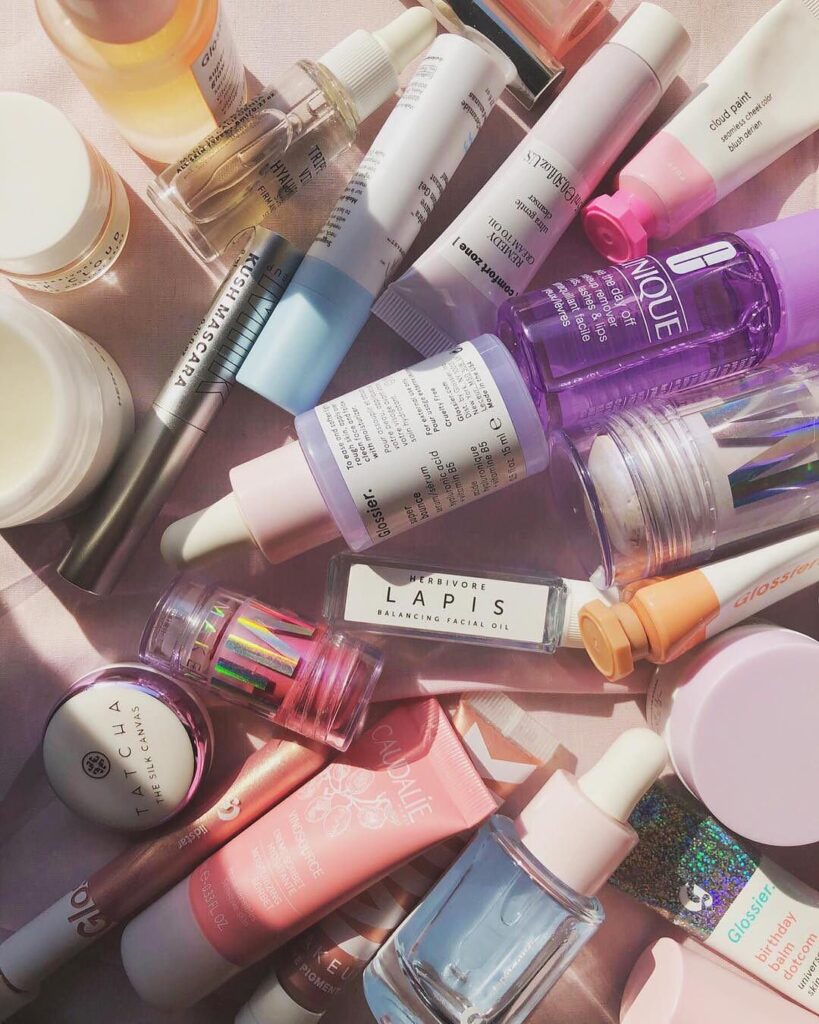
Put down the treatments, the masks, the serums, the oils…until you have THE ESSENTIALS!
Let’s do a fun analogy. Say you want to buy upgraded rims for your new car. So you buy the rims. Then you realize, oh wait…I don’t even have a new car yet. That’s what you’re doing when you spend money on treatments (acid exfoliants, charcoal masks, vitamin c serums, etc) that may be great for you, but you don’t even have a cleanser and moisturizer yet!
Here’s another thought: Build the frame of your house first, then buy all the furniture! You need both but you really shouldn’t do one before the other.
Step 1: Cleanser
You should be cleansing your skin at least every evening before bed. I recommend for normal to oily skin types to cleanse in the morning as well. If you have dry skin, you can skip the morning cleanser and splash with cool water instead or use a hydrating toner/micellar water.
Several options for different price points:
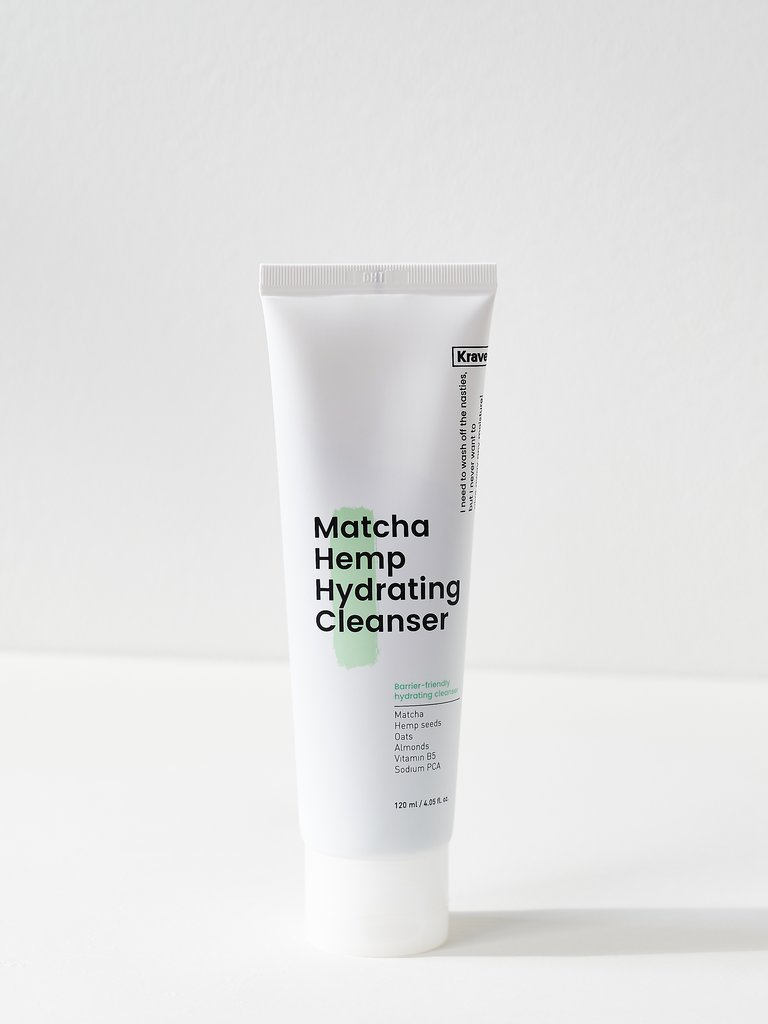
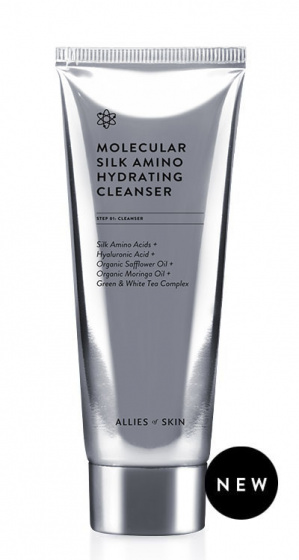
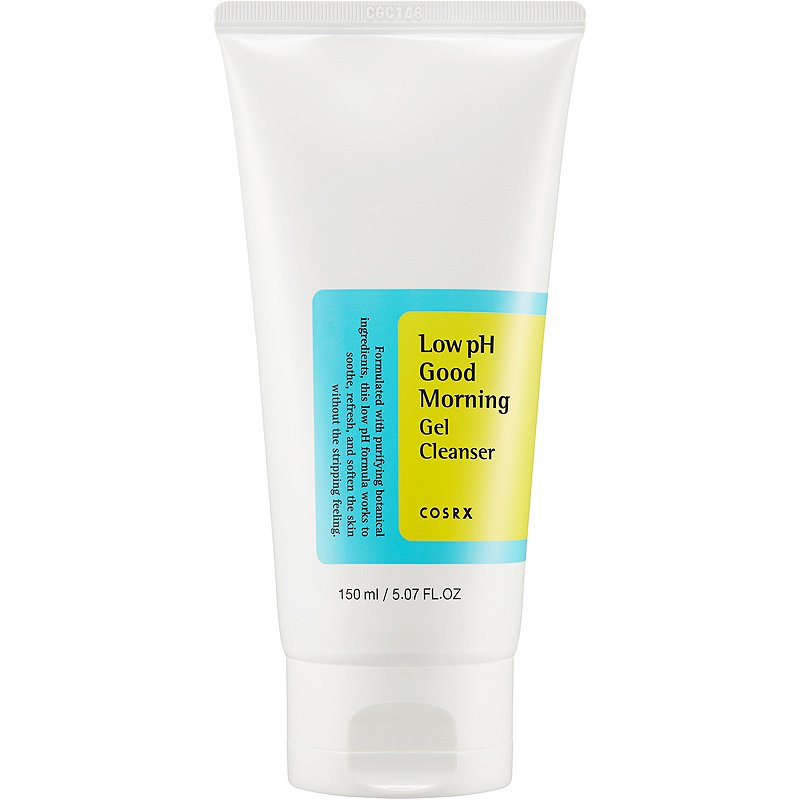
Step 2: SPF
Don’t even try to fight me on this: wear your SPF every single day. I have a previous post talking about tanning and it goes more in-depth on harmful UV rays if you want more info on sun damage.
There are so many options for SPF, so its best to choose one you know you will enjoy wearing every day and can reapply. You can choose a physical/mineral sunscreen that contains either zinc oxide or titanium dioxide, or a chemical sunscreen that uses ingredients such as avobenzone, octocrylene, homosalate, and octisalate. Avoid oxybenzone and octinoxate as they are not considered reef safe!
When choosing between a physical or a chemical sunscreen, the most important differences to note are that chemical sunscreens need 10-15 minutes after application to be effective against the sun’s harmful rays. Physical sunscreens are effective immediately after application. Chemical sunscreens have been known to cause sensitivities for some people. Overall, the formulation of chemical sunscreens are sometimes preferred as they spread easier and are transparent. Nowadays, you don’t need the thick, white sunscreen in order to be protected. My recommendations should spread easier on different skin types and tones!
Physical SPF Options:
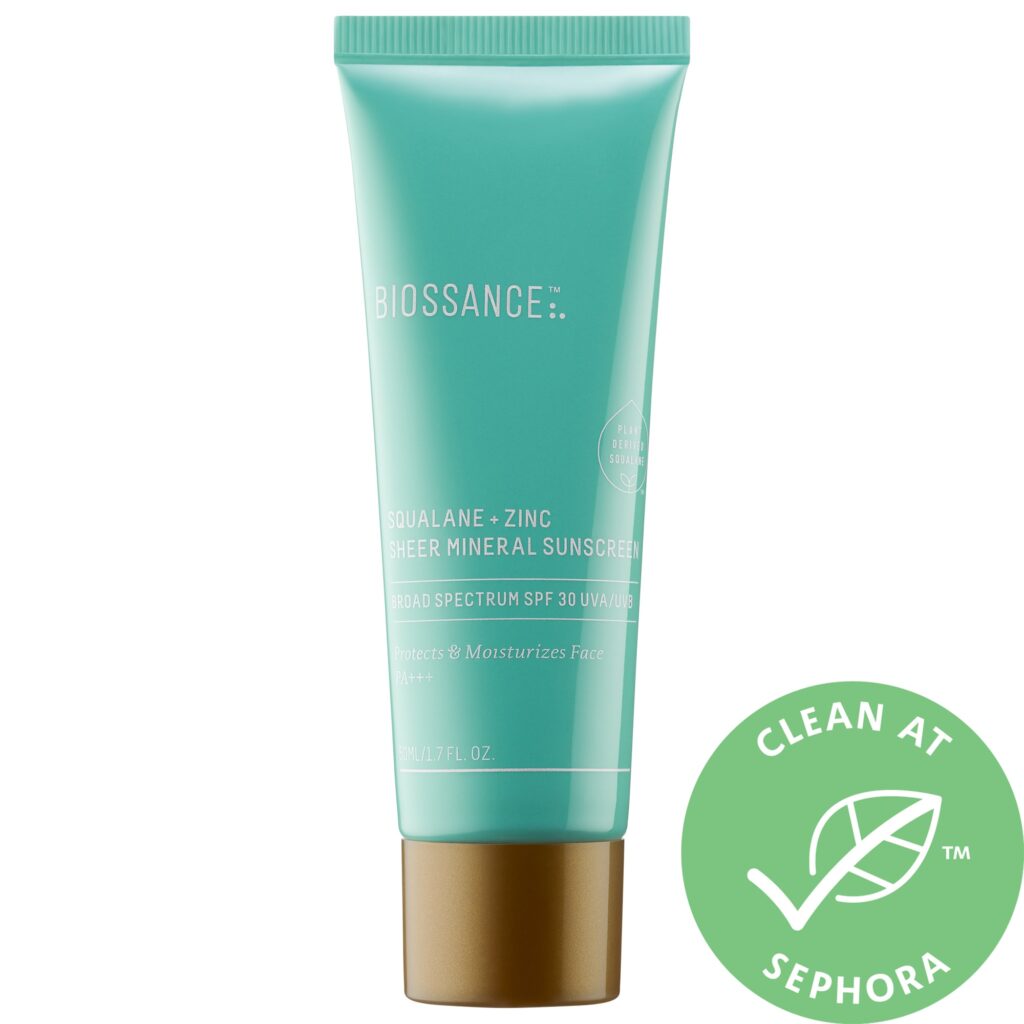
Chemical Sunscreen Options:
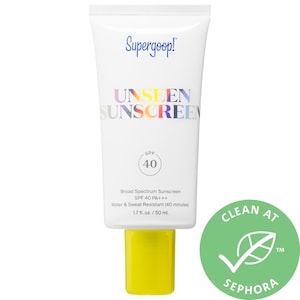
Step 3: Exfoliant
For this skincare basics guide, I am suggesting a great starting point for most skin types to exfoliate. Exfoliation should be done 1-3 times a week, so give your skin a break in between uses. Some exfoliating toners can be used every night as they are not quite as potent. As with all skincare, introduce carefully in your routine and work your way up to more frequent use if necessary.
Chemical exfoliations work for more skin types than physical options (scrubs, exfoliating brushes), which is why I am only recommending chemical options. The world of acids in skincare will open up so many possibilities for your skin goals, I promise. Helping to combat the appearance of fine lines, hyperpigmentation, acne, scarring…need I say more?
Options for various skin types/concerns at different price points:
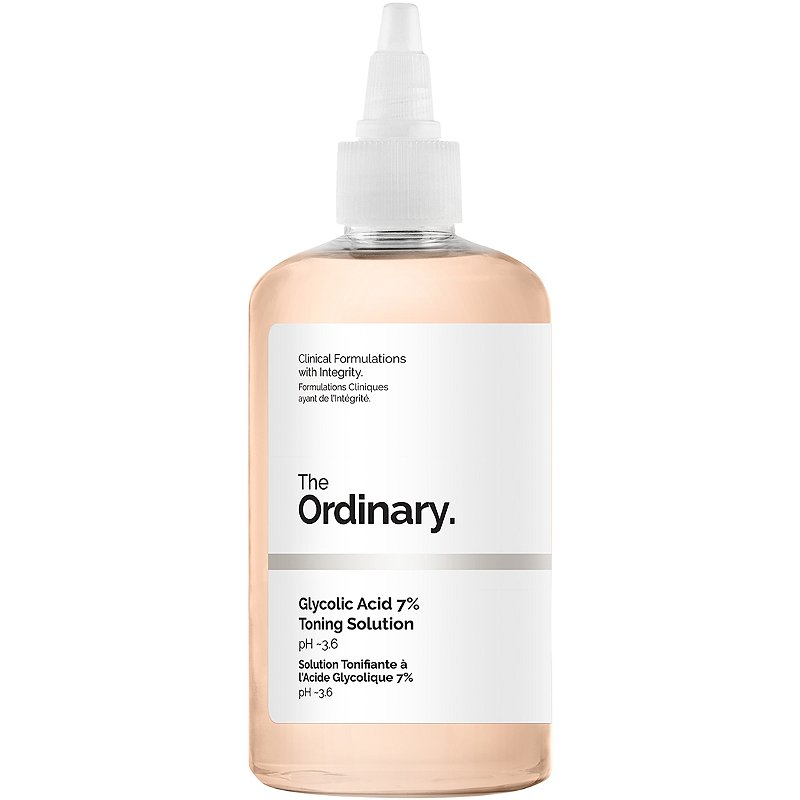
(helps with dark spots and anti-aging)
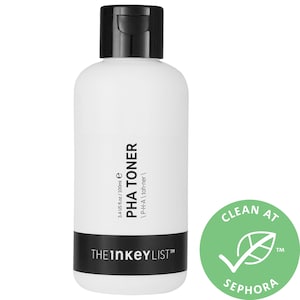
Step 4: Moisturizer without SPF (optional)
You can wear your spf moisturizer in the evening as well as it wouldn’t harm the skin. However, most people like to alternate their moisturizer as it is not necessary when sleeping to wear a sunscreen. Moisturizers come in all shapes and sizes and can definitely make or break a routine if it is not applied!
No matter your skin type: dry, oily, or combo, be sure to apply moisturizer as your last step in the evening! (You can apply a separate moisturizer before your spf too in the morning if you desire extra hydration).
Night cream options for various prices:
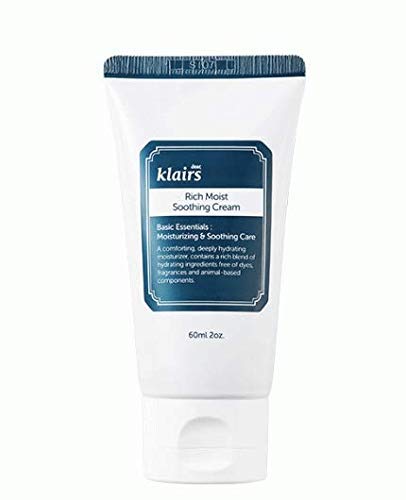
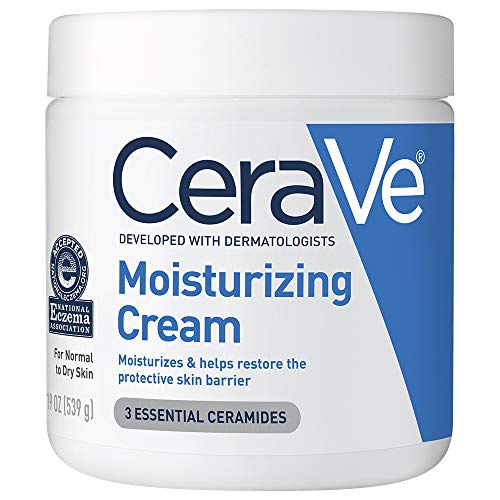
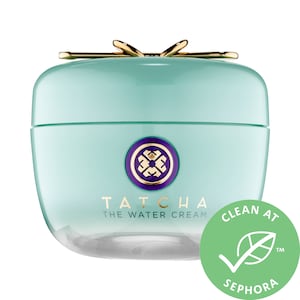
If you don’t feel like choosing a night cream, I already picked one based on your zodiac sign!
Wrap-up
Now that we have the foundation to our skincare routine, we can choose to stop here or add more in as needed. The most important aspect to skincare is that it doesn’t have to be super complicated in order to be effective. 12 steps doesn’t always equal perfect skin, but sometimes the 3 steps you are using are not correct either. Understanding what you’re using, why you’re using it and assessing if your skin likes the products is a science! Give it time and don’t introduce too many new things at once. Being able to effectively treat various skin conditions such as acne, flakiness, excess oiliness, aging, dark spots, etc. need a solid foundation first.
If you want to continue learning, be on the look out for my Skincare Advanced Class 102! This will be the next installment of this series to get you on the road to better skin.
Let me know in the comments what you learned from this and how it will change your routine! Thanks for reading!
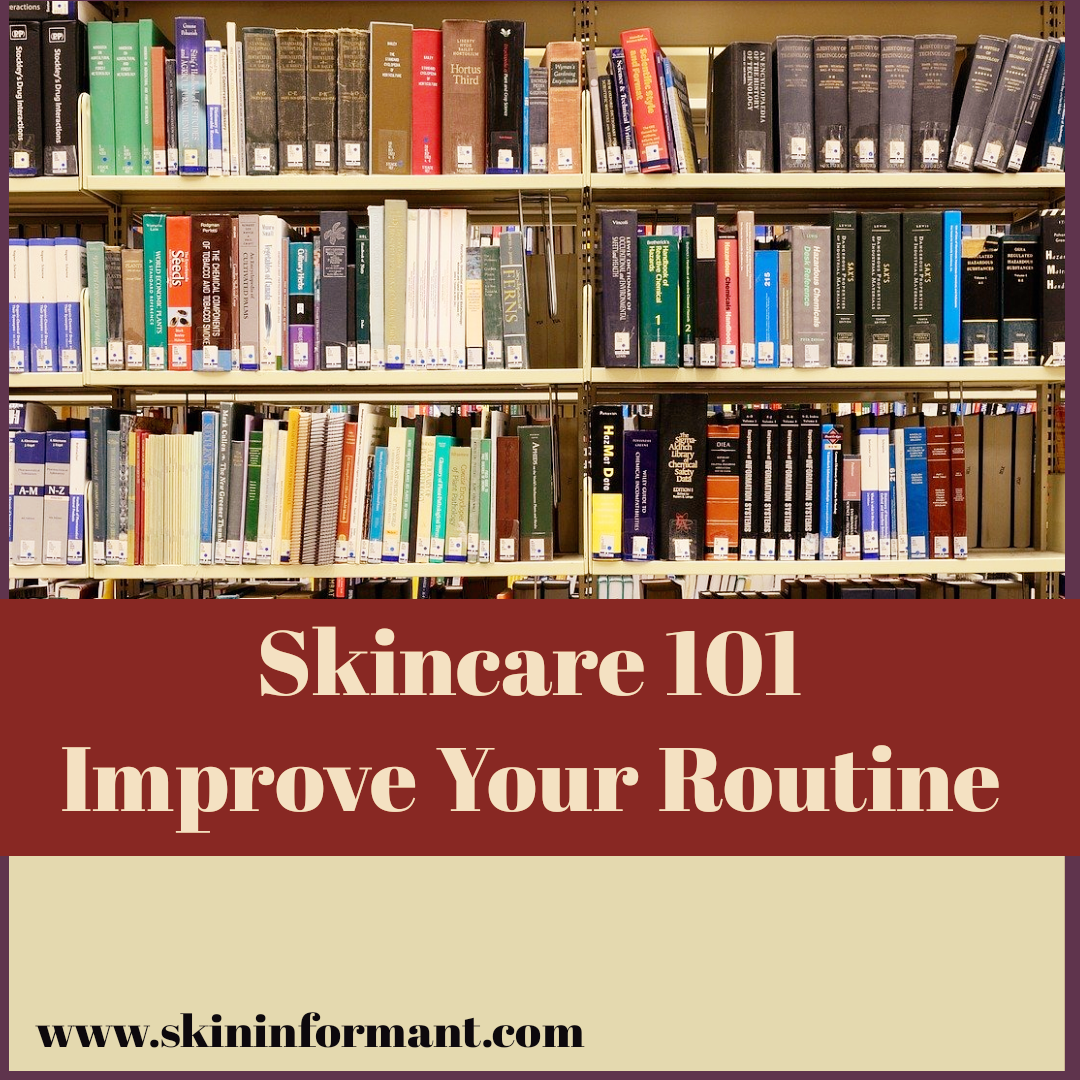
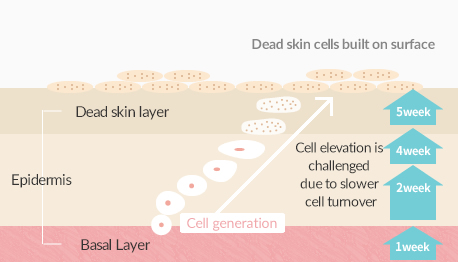



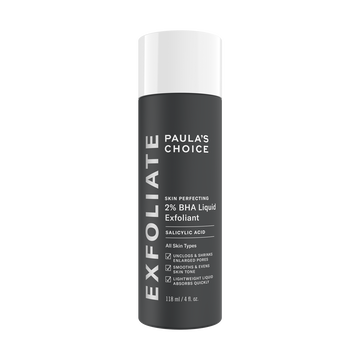
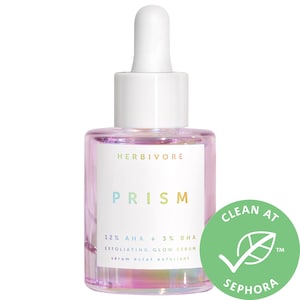
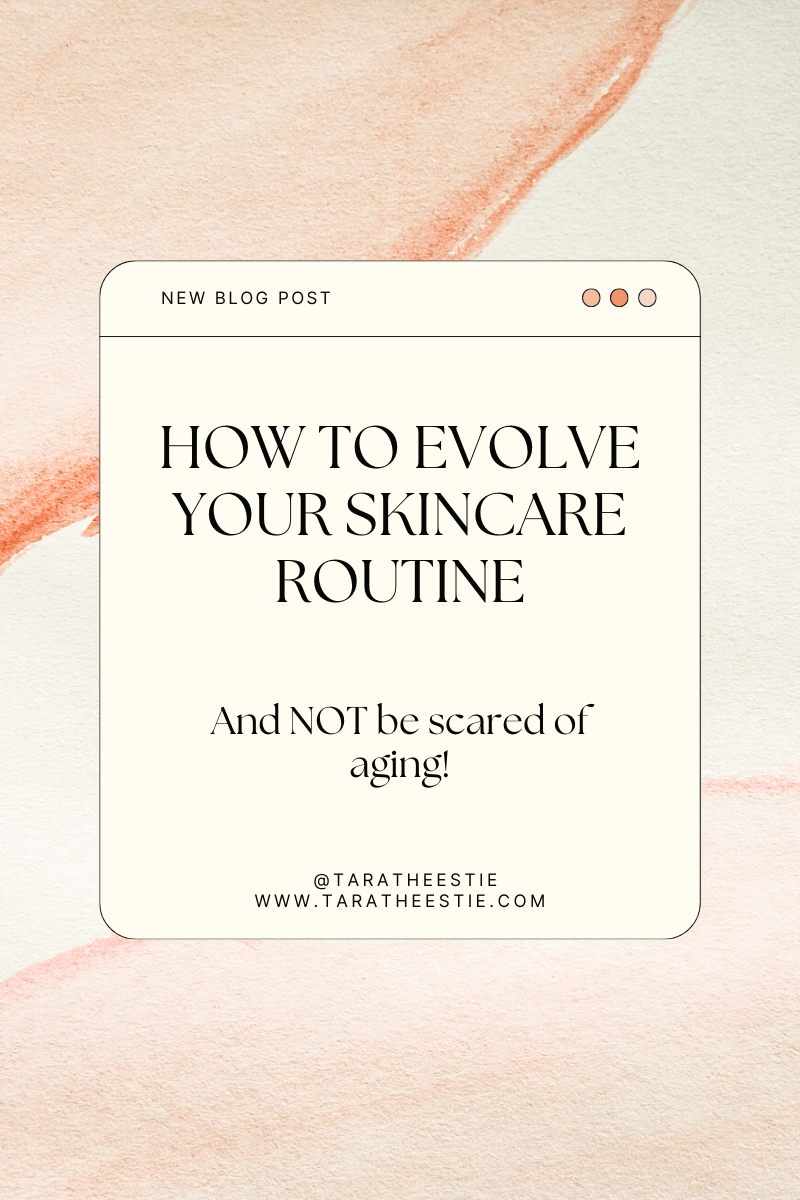
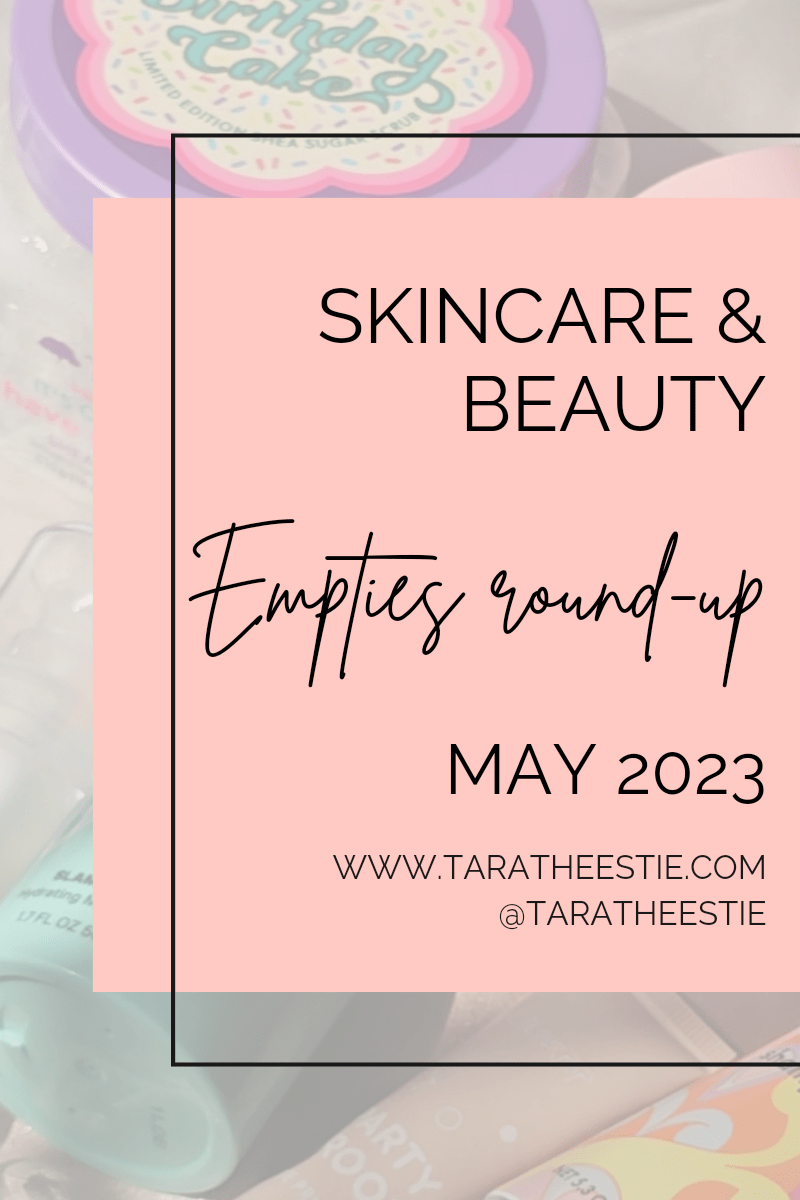
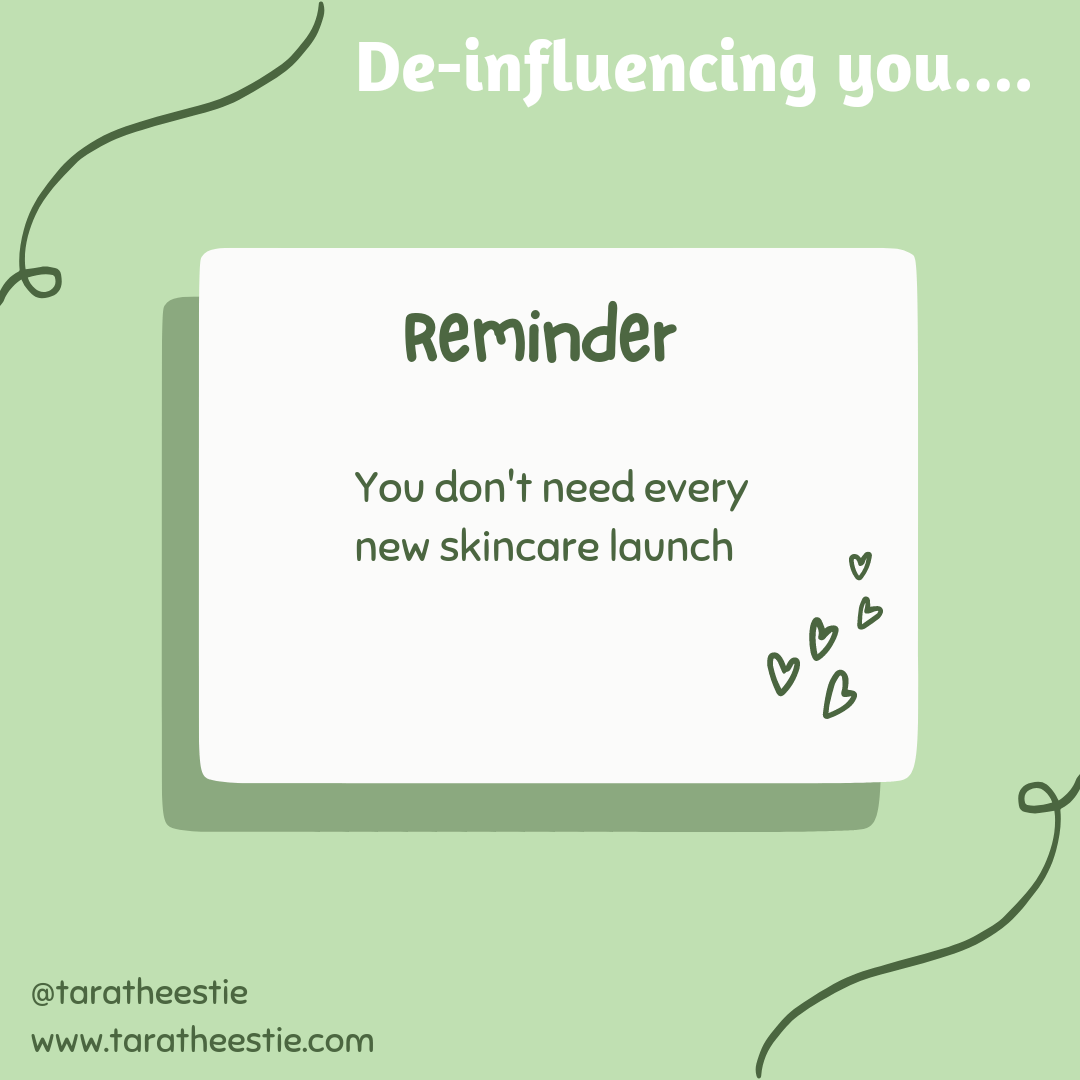

Due to your recommendations, I use several of these products and have recognized that my skin is so much softer!
I am so happy to hear that! It is always nice to see changes in our skin 🙂